The beginning of Shizo.
I would compare shooting a short film to playing on stage in front of a large crowd of fans. You are faced with endless challenges, which, if you solve them, you win against yourself. It’s a nice feeling that pays off for hard work. After all, your film can be seen by thousands or even millions of people. When I got a call from the director offering to be the DOP, I accepted the challenge.
Together with Laurynas, the director of the film, we have shot 5 short films, and a number of music videos, the finances of which we covered from our own pockets. And here it is – the day finally dawned when the Lithuanian Cinema Center supported this film. I had little time to prepare – one month.

I will tell you how I managed to prepare for the short film:
I had a slightly different initial vision, but I had to adapt to the budget. But, the Arri Alexa mini and Lomo Illumina mk2 combo was a very, very suitable look for this film.
So what followed was a lot of meetings, getting to know the script, then the whole team, going through many references and finally choosing the technique I used for this film.
Three locations for filming – interior, exterior and shop.
10 tips on how to prepare for a movie as director of photography:
- The script is like a poem
I think one of the most important things in a movie is the script. A poor and uninteresting story will not land dry. Therefore, you need to read the script many times until you remember it almost by heart. You can immediately create a visual in your mind and grow it little by little.
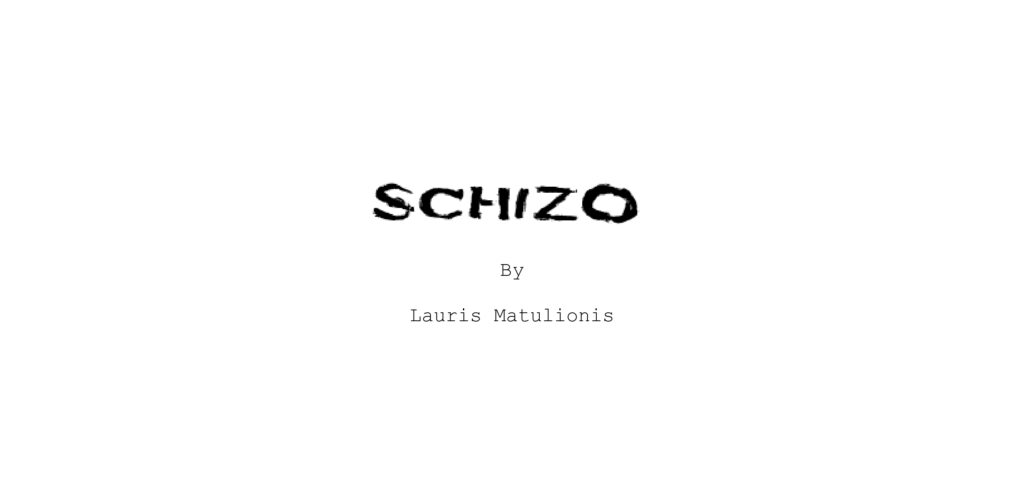
- Amazing DOP tool
The one that helped me the most to put my thoughts together was Milanote. You can include all the information: moodboard, script, references, camera set, lighting, etc.
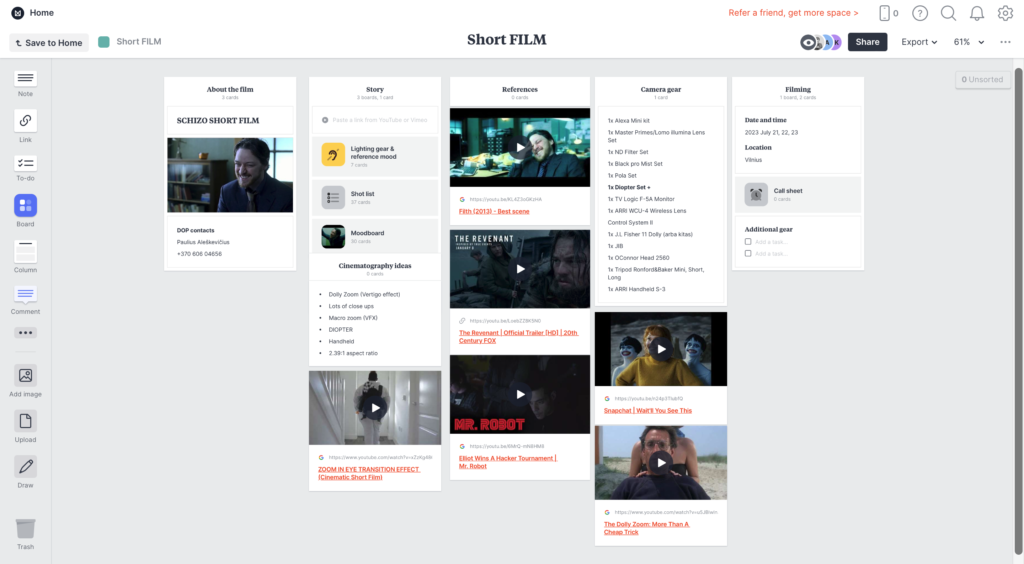
- Every shot counts
You have to think and start creating magic in the SHOT LIST. Consider how you shoot each shot – think about shot size, movement, gear, and notes.
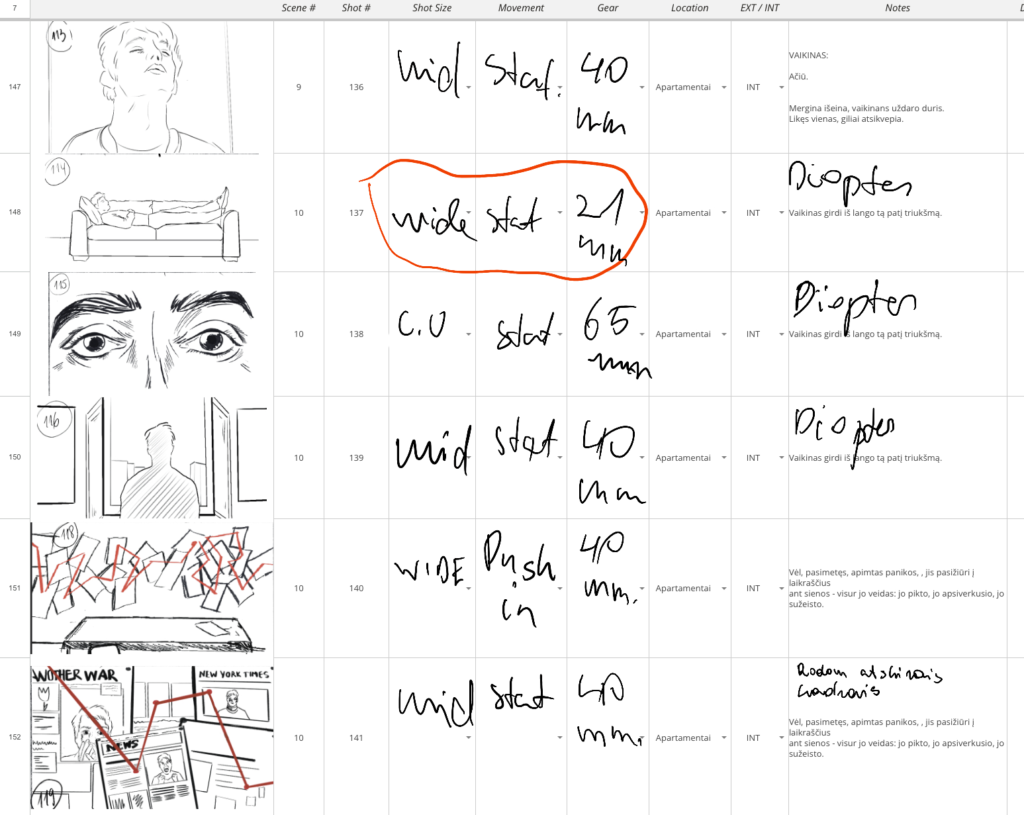
- Using AI in pre-production
I used Midjourney to create the mood board, detailing the location, how many actors there would be, the lighting style, and got some beautifully generated photos that we discussed with the director.
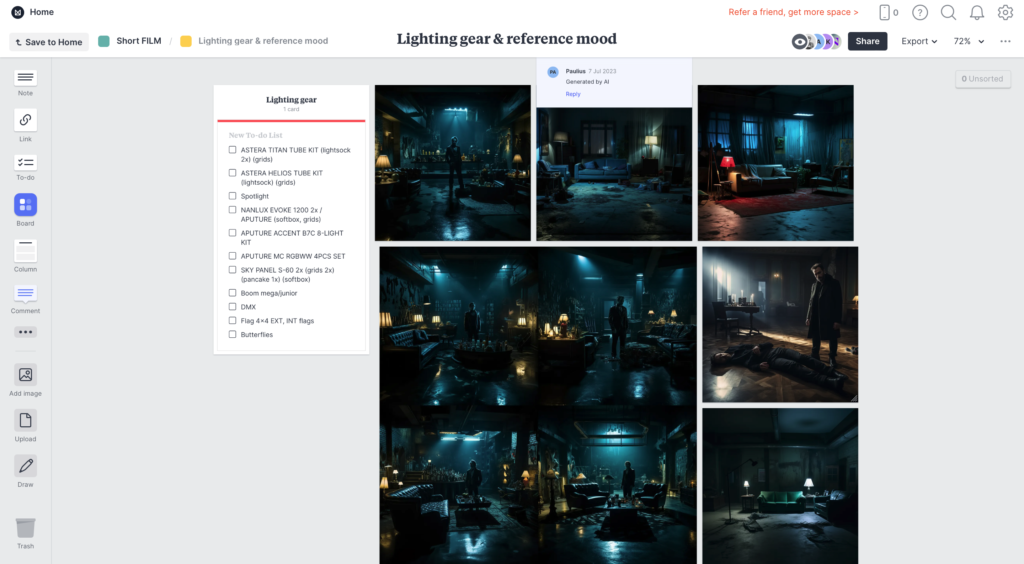
- Camera set
Choose the best technique (according to the budget). Be sure to try it before filming and analyze how best to use it.
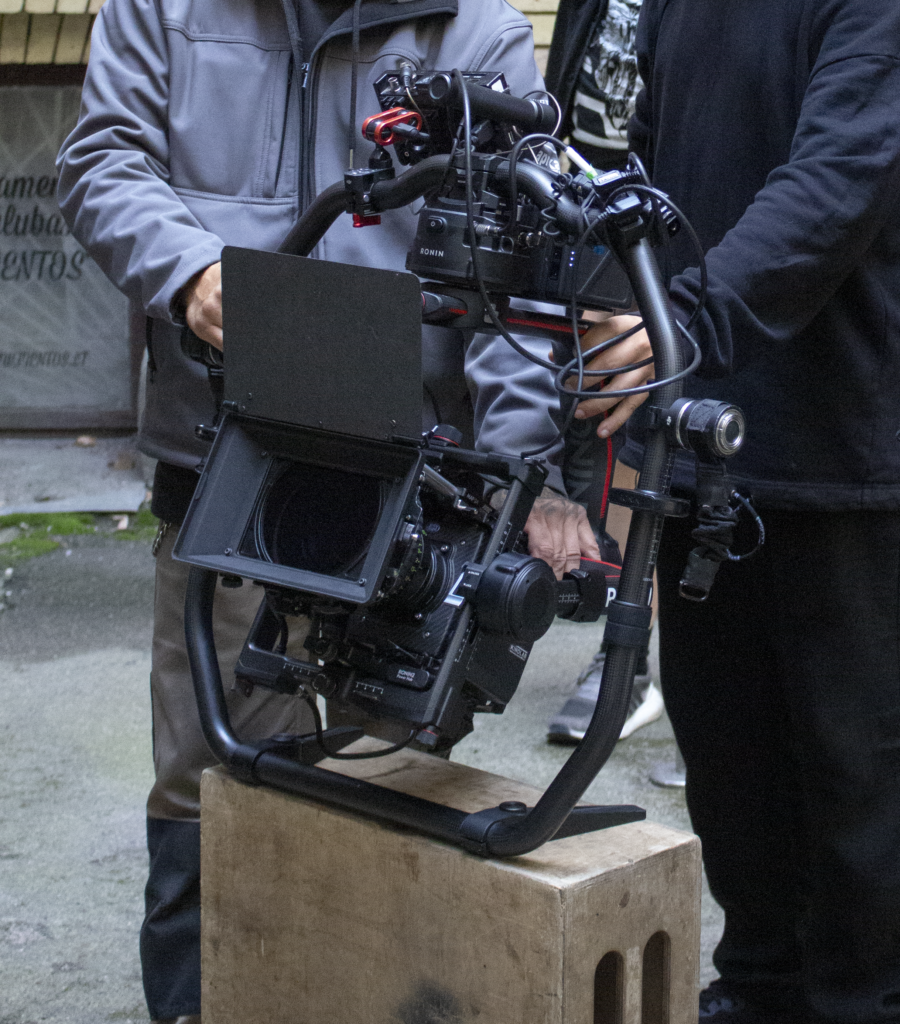
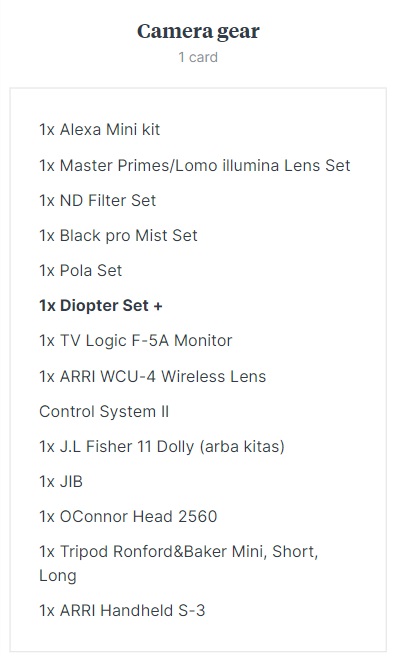
- Do you know all the technical parts of what lights you will use?
I personally used a lot of practical lights (Nyx bulb kit). Also, the key light was SkyPanel S-60 – the color temperature is from 2,800K to 10,000K (it worked very well, saved a lot of time).
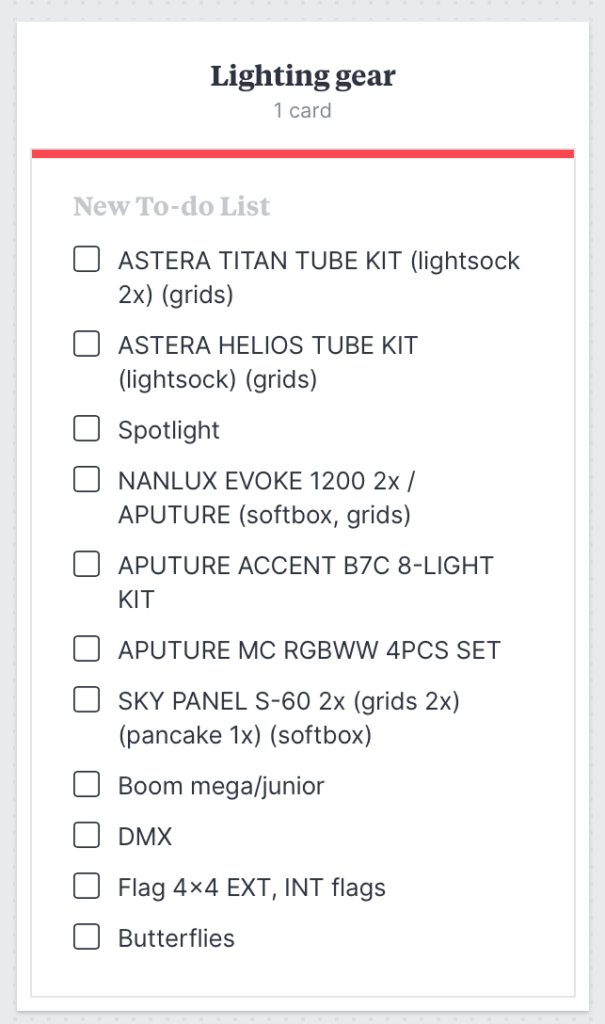
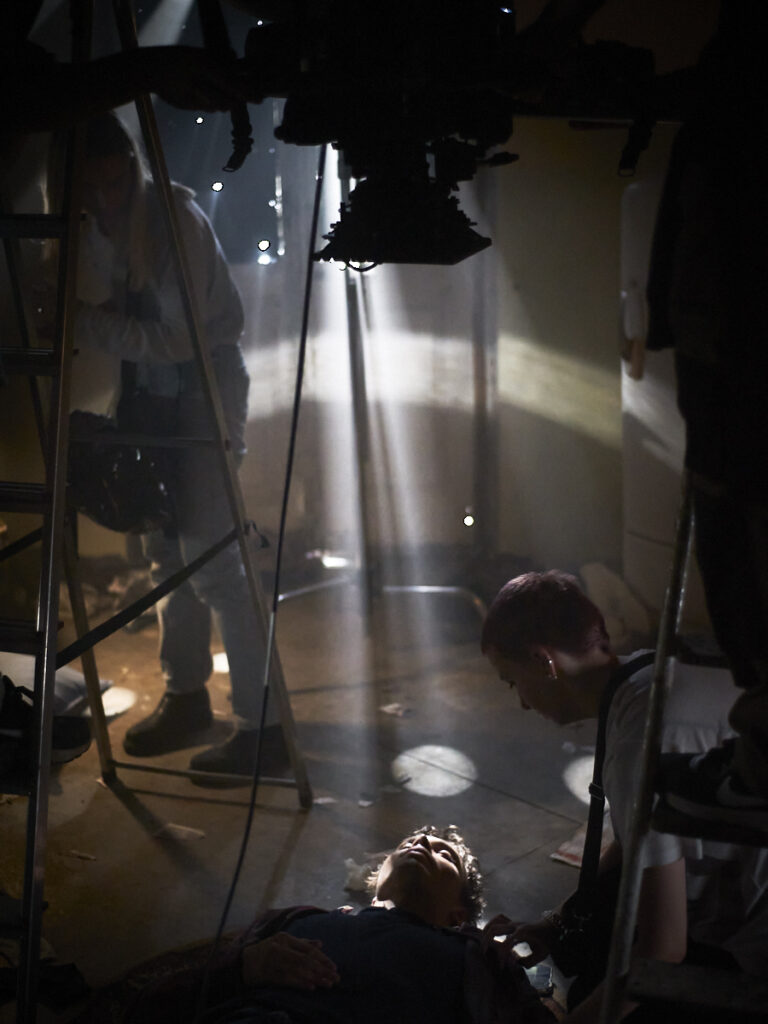
- Team
Share your visual with the team.
- Art department
Don’t be afraid to share your vision with the art team, talk about how to do the work better, what props to use.
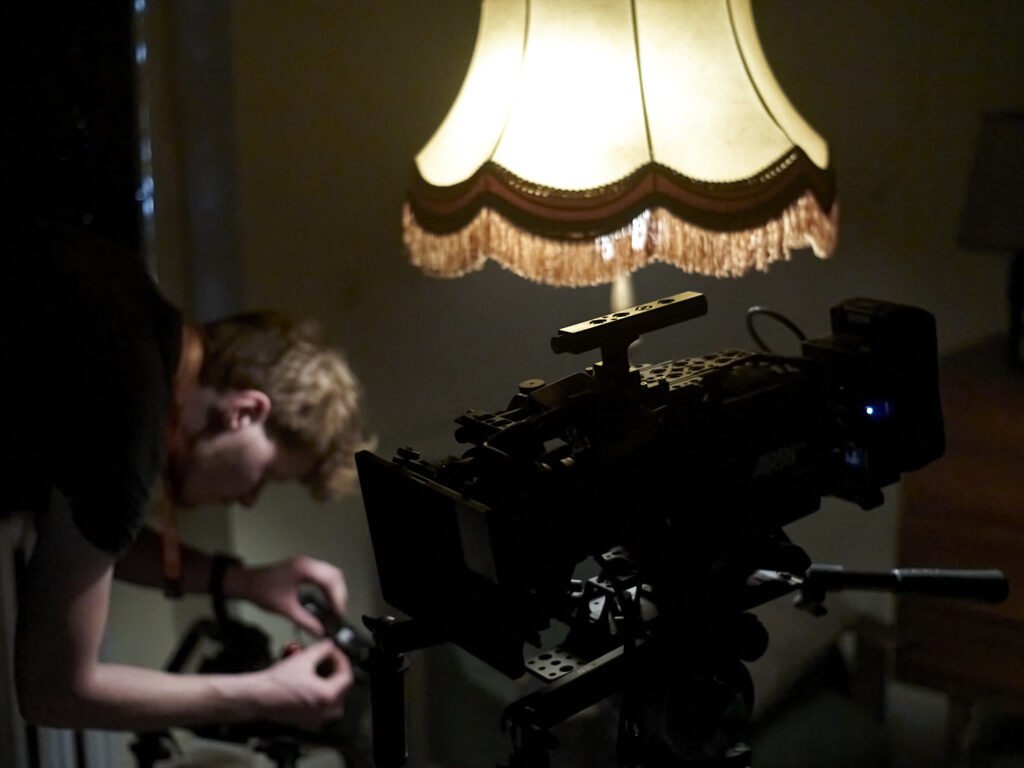
- Communication
It is very important to communicate and express your thoughts clearly, to be prepared. If you prepare good enough for the film, there will be no problems on the set.

- Be unique
Find your own style, don’t be afraid to improvise, don’t always follow the rules and don’t be afraid to break them.


For now, that’s everything I could share from the preparation. Currently it is in post-production. I will be able to tell and show more after the premiere of the film. Do you have any ideas on what you would do differently? Does your pre-production process look similar?
And now we are impatiently waiting for the result, I wonder what the audience will say 🙂
You can find more of my filmed works here!
If you have more questions about cameras, or lighting – write to me, I can help you buy the right equipment and not spend too much cash.
Write me at hello@nanny2.com or here
Rock on!






Leave a Comment